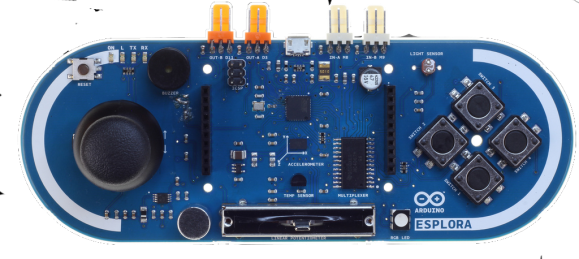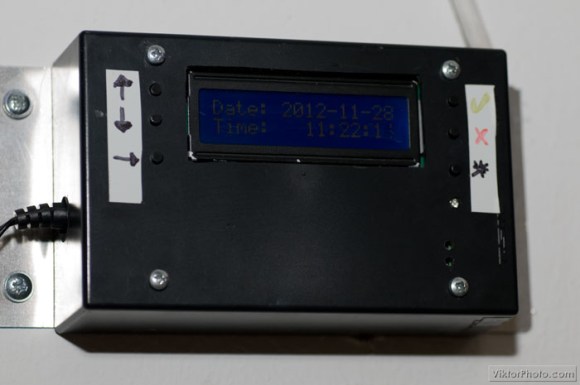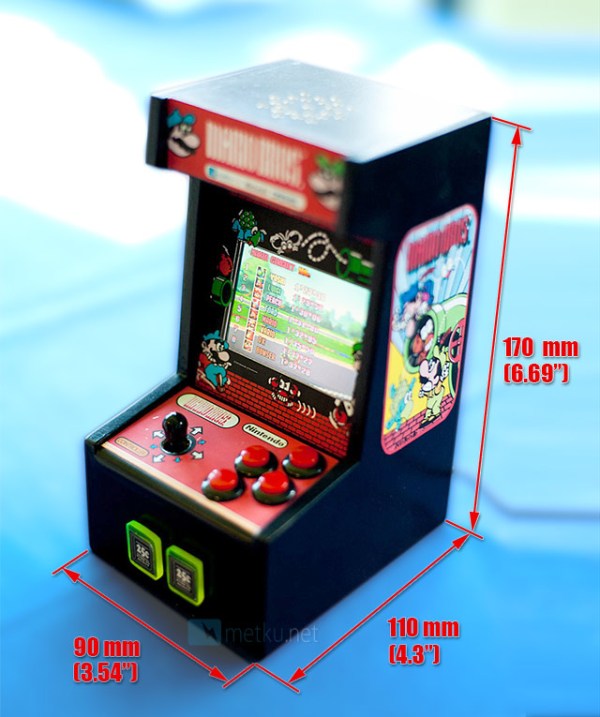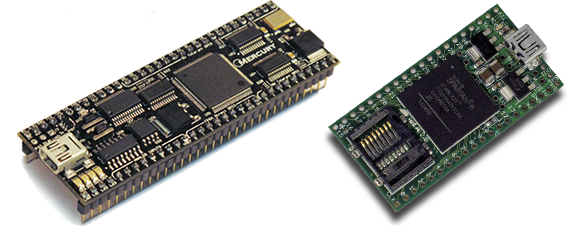The folks at Open Compute Project are running their annual summit in January, but this year they’ll be adding a hardware hackathon to the program. The hackathon’s goal is to build open source hardware that can be applied to data centers to increase efficiency and reduce costs.
The Open Compute Project (OCP) is a foundation that develops open hardware for data centers. This includes power supplies, motherboards, and storage disk arrays. The project started up at Facebook, but it’s now an independent foundation.
The hackathon will take place over the two day summit on January 16th and 17th, 2013 in Santa Clara. The registration is now open, and it’s free but limited to the first 100 people.
The hackathon is being put on with collaboration from Upverter, Github, and GrabCAD, who will be providing tools for the event. If you’re in the Santa Clara area and looking to do some hacking early in the new year, you might want to check this out.
















